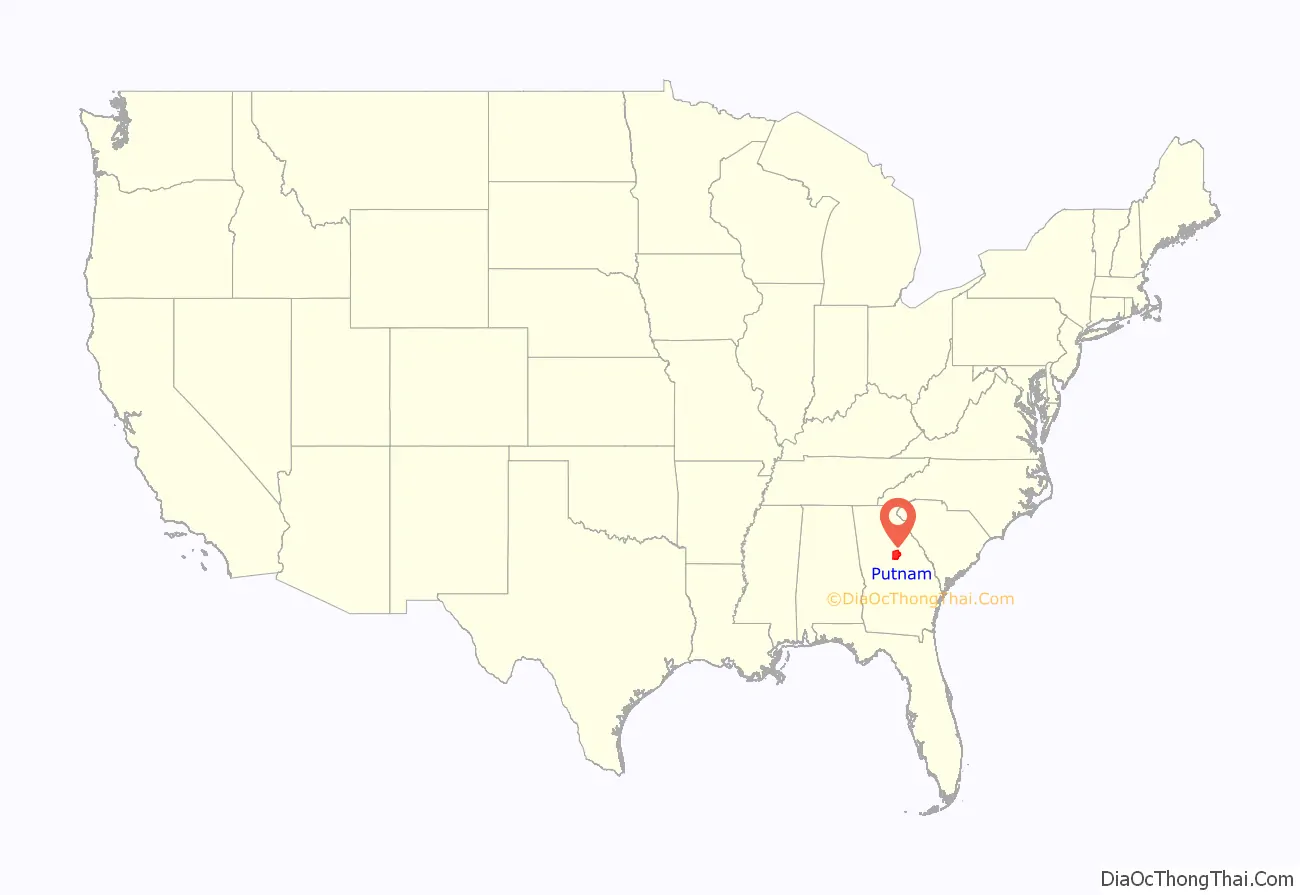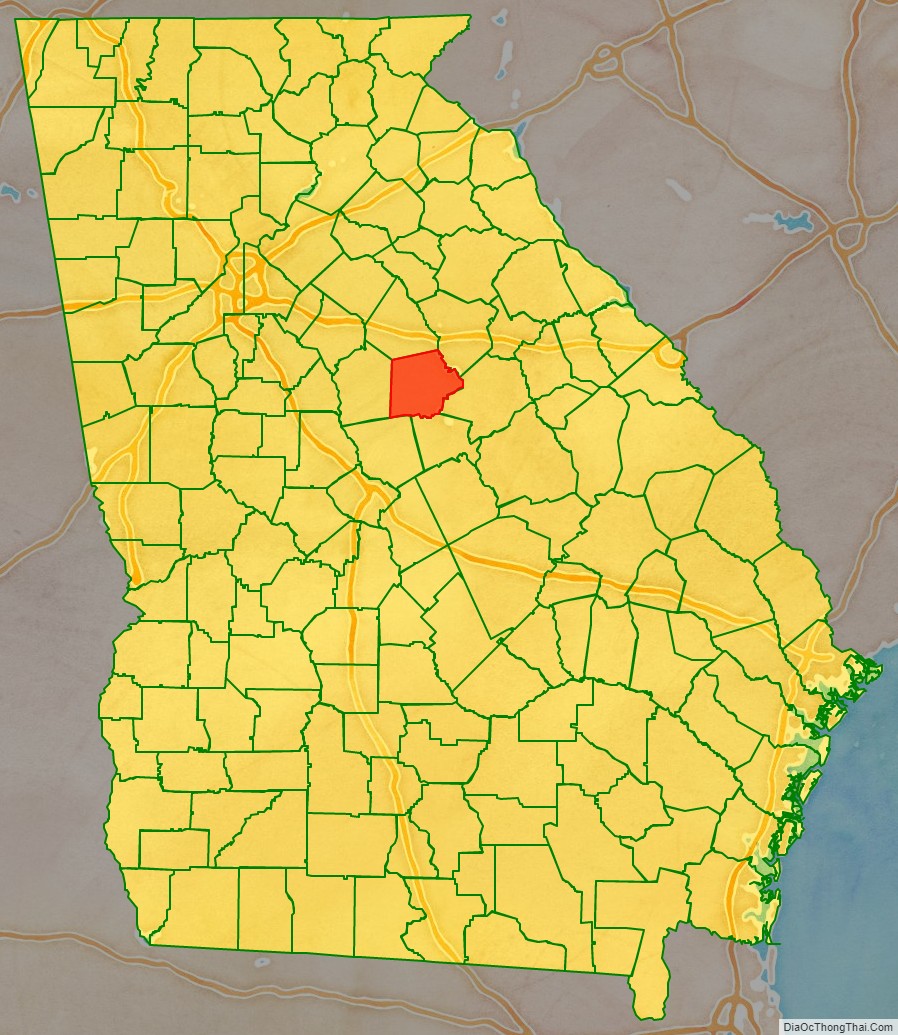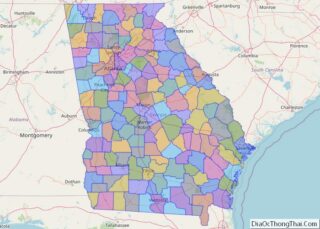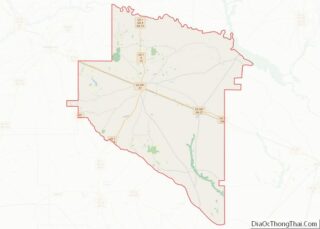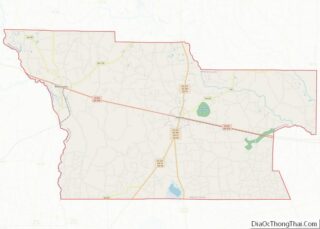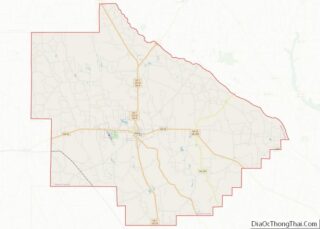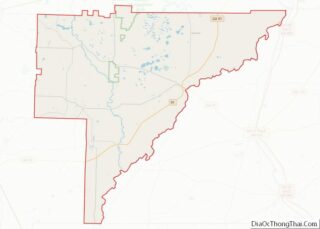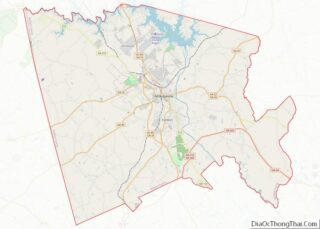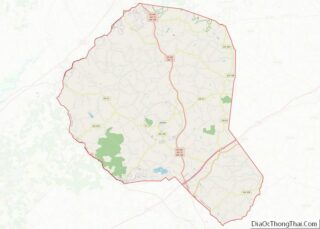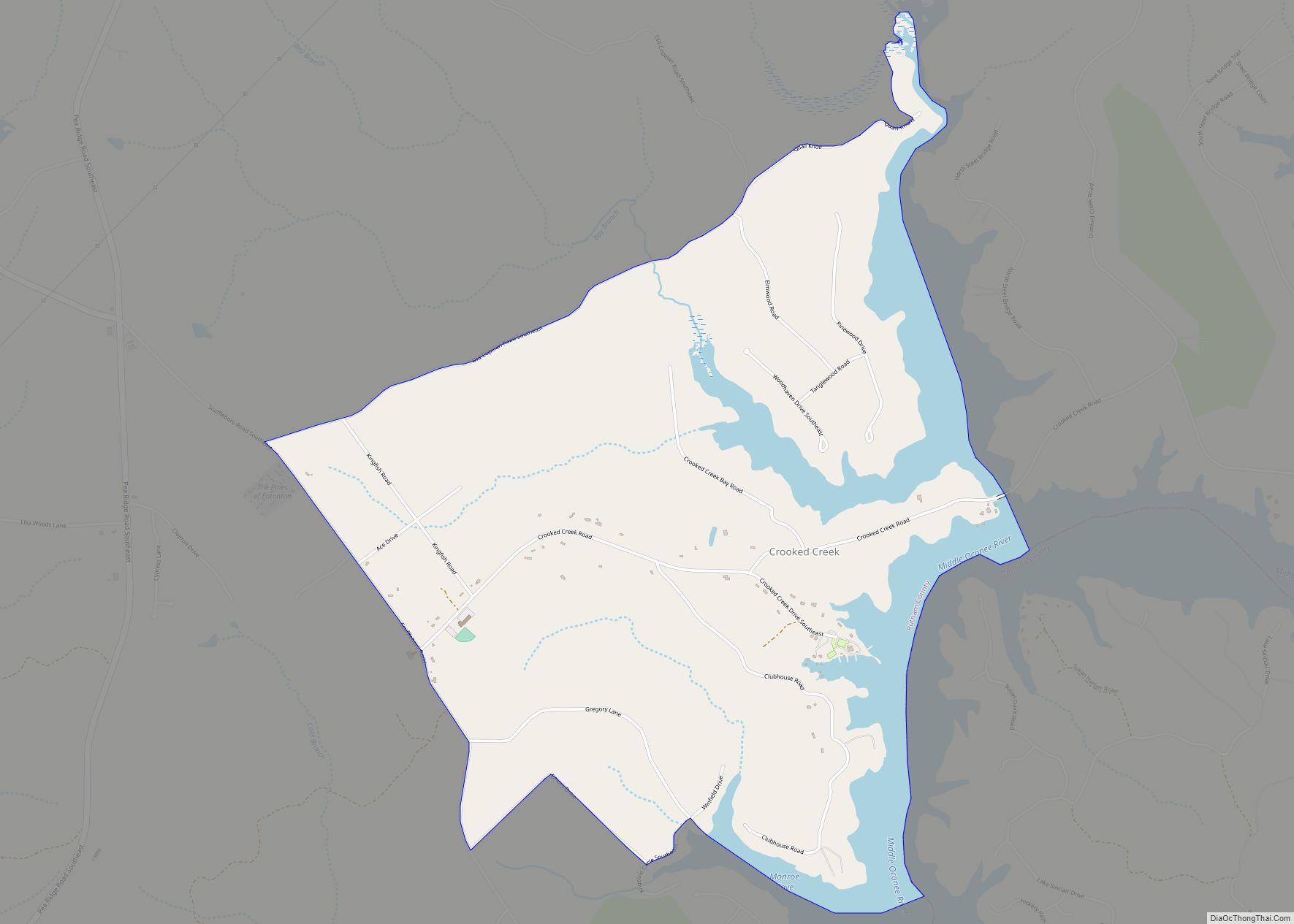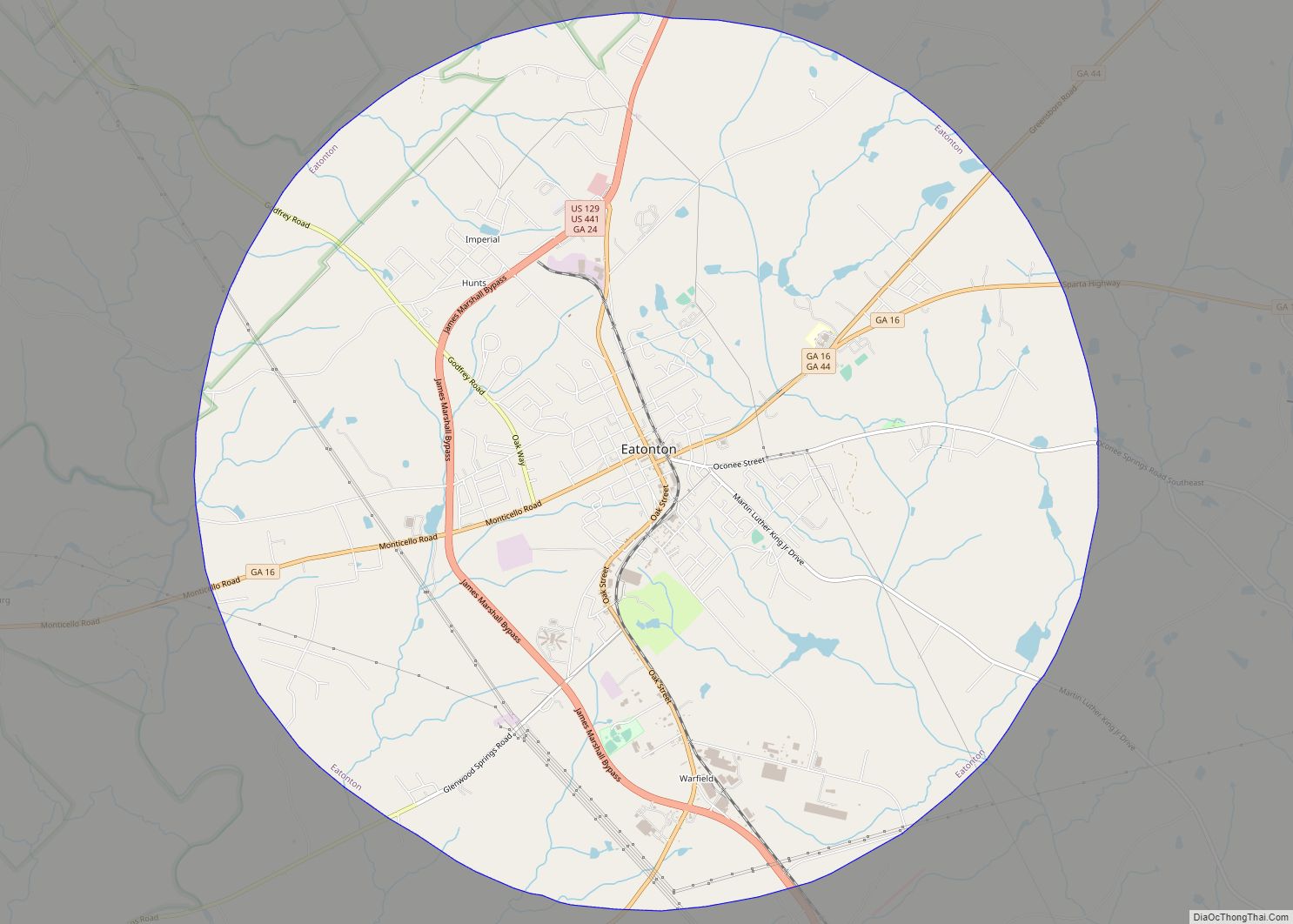Putnam County is a county located in the central portion of the U.S. state of Georgia. As of the 2020 census, the population was 22,047. The county seat is Eatonton.
Since the early 21st century, the county has had a housing boom. It has proximity to Lake Oconee, Lake Sinclair, and the Oconee River, all of which are recreation sites, as well as to major employment centers such as Atlanta, Athens, and Macon.
| Name: | Putnam County |
|---|---|
| FIPS code: | 13-237 |
| State: | Georgia |
| Founded: | 1807 |
| Named for: | Israel Putnam |
| Seat: | Eatonton |
| Largest city: | Eatonton |
| Total Area: | 361 sq mi (930 km²) |
| Land Area: | 345 sq mi (890 km²) |
| Total Population: | 22,047 |
| Population Density: | 64/sq mi (25/km²) |
| Time zone: | UTC−5 (Eastern) |
| Summer Time Zone (DST): | UTC−4 (EDT) |
| Website: | www.putnamcountyga.us |
Putnam County location map. Where is Putnam County?
History
Putnam County is named in honor of Israel Putnam, a hero of the French and Indian War and a general in the American Revolutionary War. It was settled by European Americans after the war, as migrants moved down from the Upper South. The county was created on December 10, 1807, by an act of the Georgia General Assembly.
Following the invention of the cotton gin, which could profitably process short-staple cotton, the county was developed for cotton cultivation of that type. It thrived in the upland areas, where plantations were developed and worked by the field labor of thousands of African-American slaves.
During the 1919 Red Summer there were many incidents of racial violence including an arson attack where almost a dozen black community buildings were burnt down in late May 1919. The Wheeling Intelligencer claimed the buildings were burnt down because of a “minor racial clash at Dennis Station.” During this time armed black and white mobs patrolled the area in fear of each other.
In the first half of the 20th century, thousands of blacks left the state during the Great Migration from 1920 to 1960. The county population dropped by more than half during this period following mechanization of agriculture and as rural workers moved into cities. Since the late 20th century, population has increased. The white population of the county has grown since the turn of the 21st century: in 2010 African Americans comprised 26 percent of the county population, a drop from nearly 42% in 2000.
In the 21st century, dairy farming is more important to Putnam County than cotton. It annually holds the nationally known Dairy Festival.
Putnam County Road Map
Geography
According to the U.S. Census Bureau, the county has a total area of 361 square miles (930 km), of which 345 square miles (890 km) is land and 16 square miles (41 km) (4.4%) is water. The entirety of Putnam County is located in the Upper Oconee River sub-basin of the Altamaha River basin. The county is located in the Piedmont region of the state, with rolling hills, farms, and lakes covering a majority of the county.
Major highways
- U.S. Route 129
U.S. Route 129 Business- U.S. Route 441
U.S. Route 441 Business- State Route 16
- State Route 24
- State Route 24 Business
- State Route 44
- State Route 142
- State Route 212
Adjacent counties
- Morgan County (north)
- Greene County (northeast)
- Hancock County (east)
- Baldwin County (southeast)
- Jones County (southwest)
- Jasper County (west)
National protected area
- Oconee National Forest (part)
